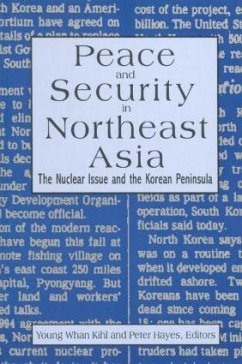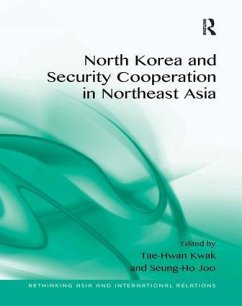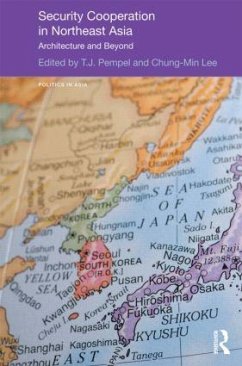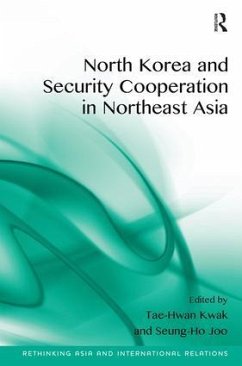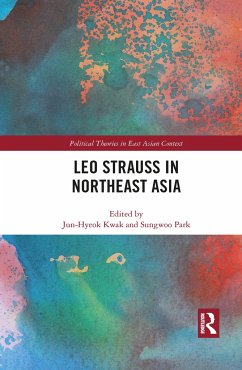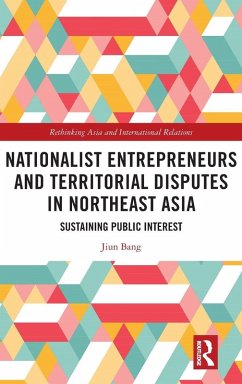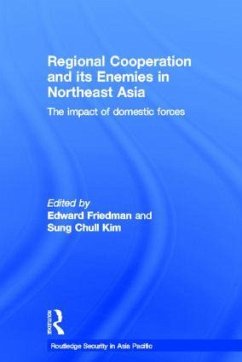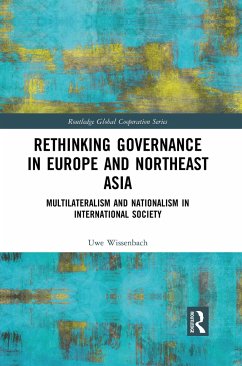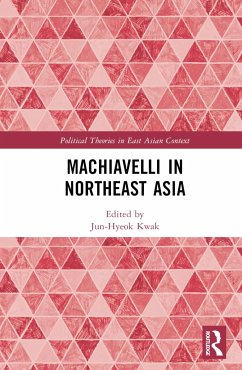
Peace and Security in Northeast Asia
Nuclear Issue and the Korean Peninsula
Versandkostenfrei!
Versandfertig in 1-2 Wochen
43,99 €
inkl. MwSt.
Weitere Ausgaben:

PAYBACK Punkte
22 °P sammeln!
This work provides an analysis of North Korea's nuclear controversy from a variety of perspectives, including: nuclear reactor technology and technology transfer; economic sanctions and incentives; confidence-building measures; environmental challenges; and the views of Korea and the major powers.





